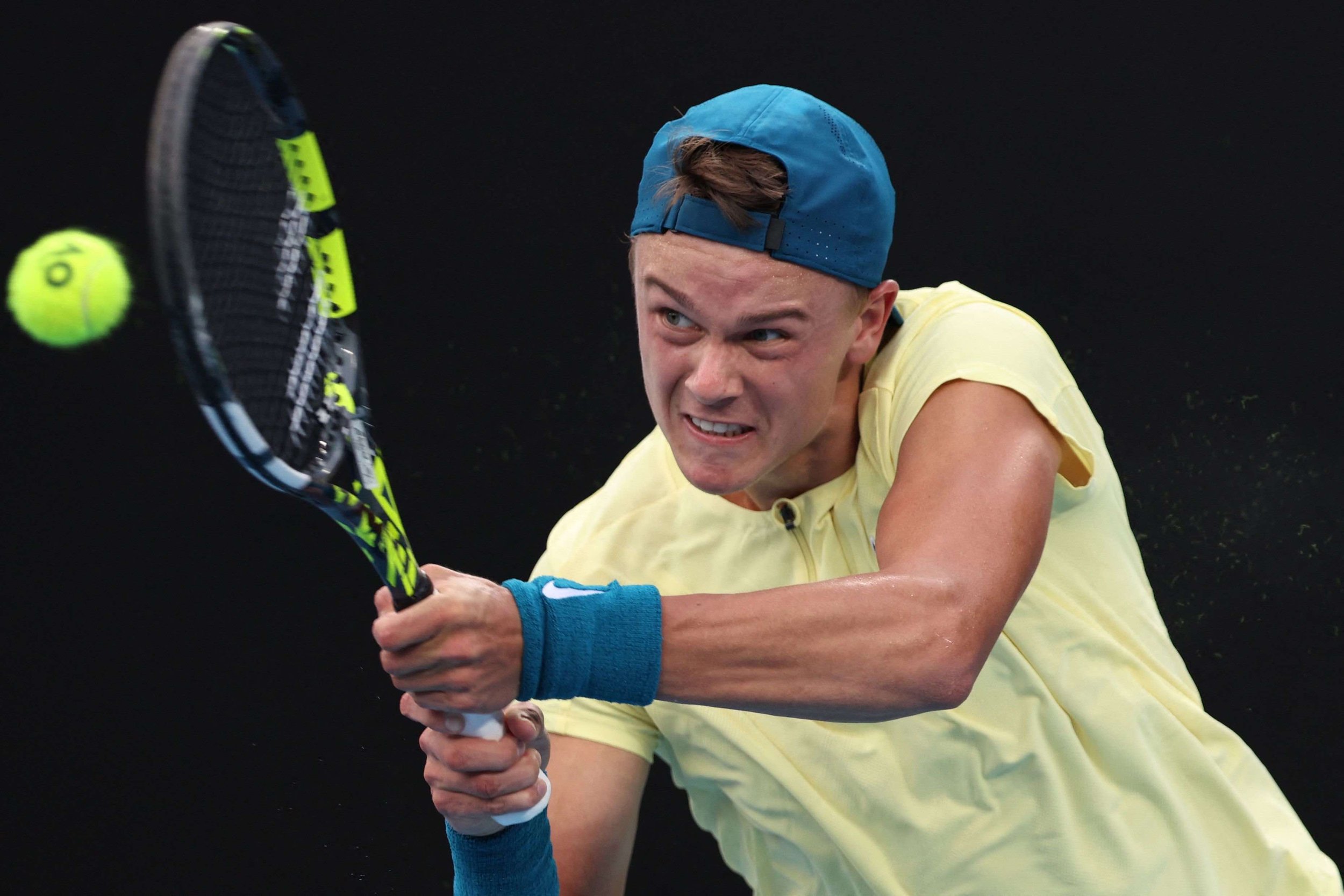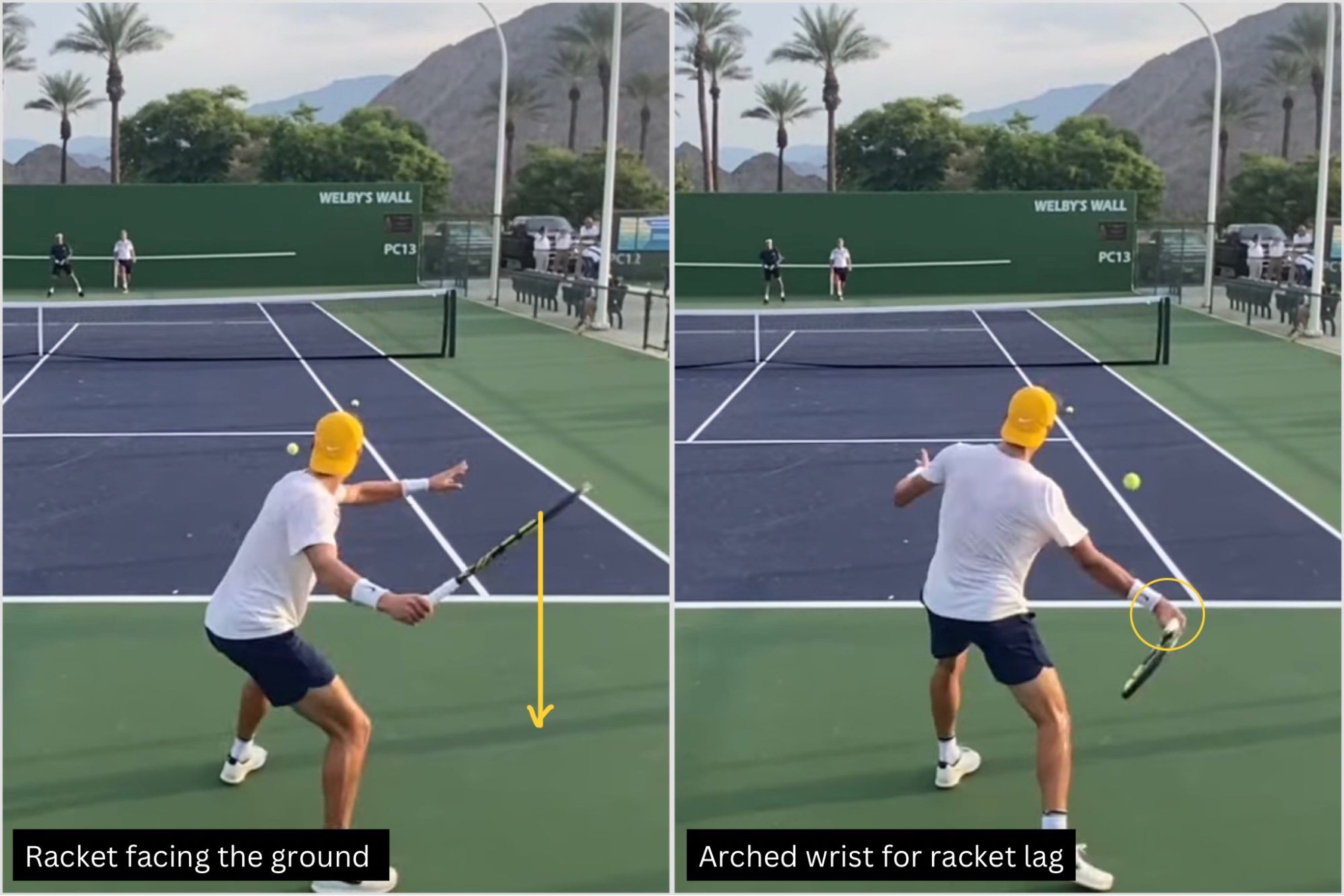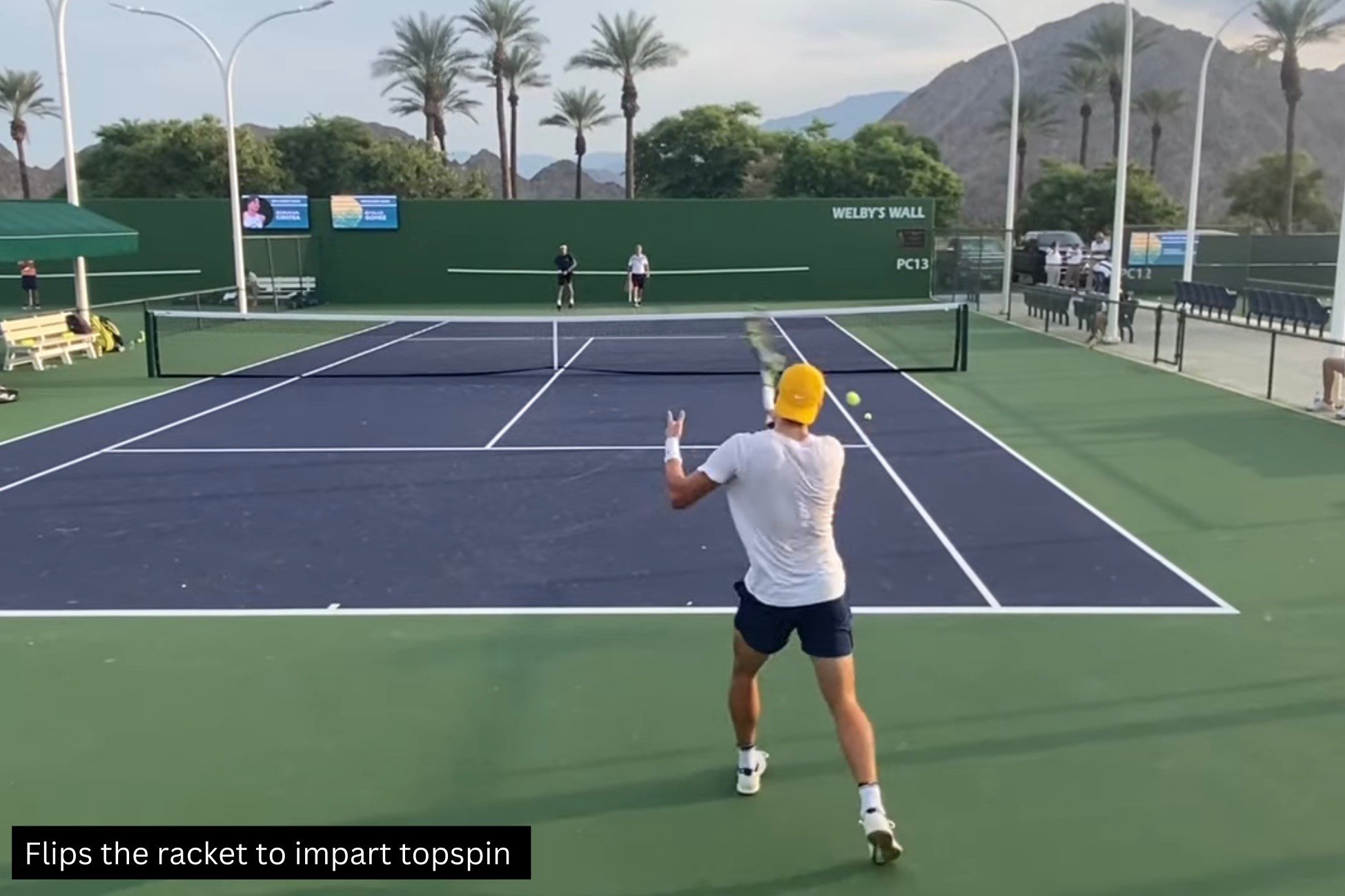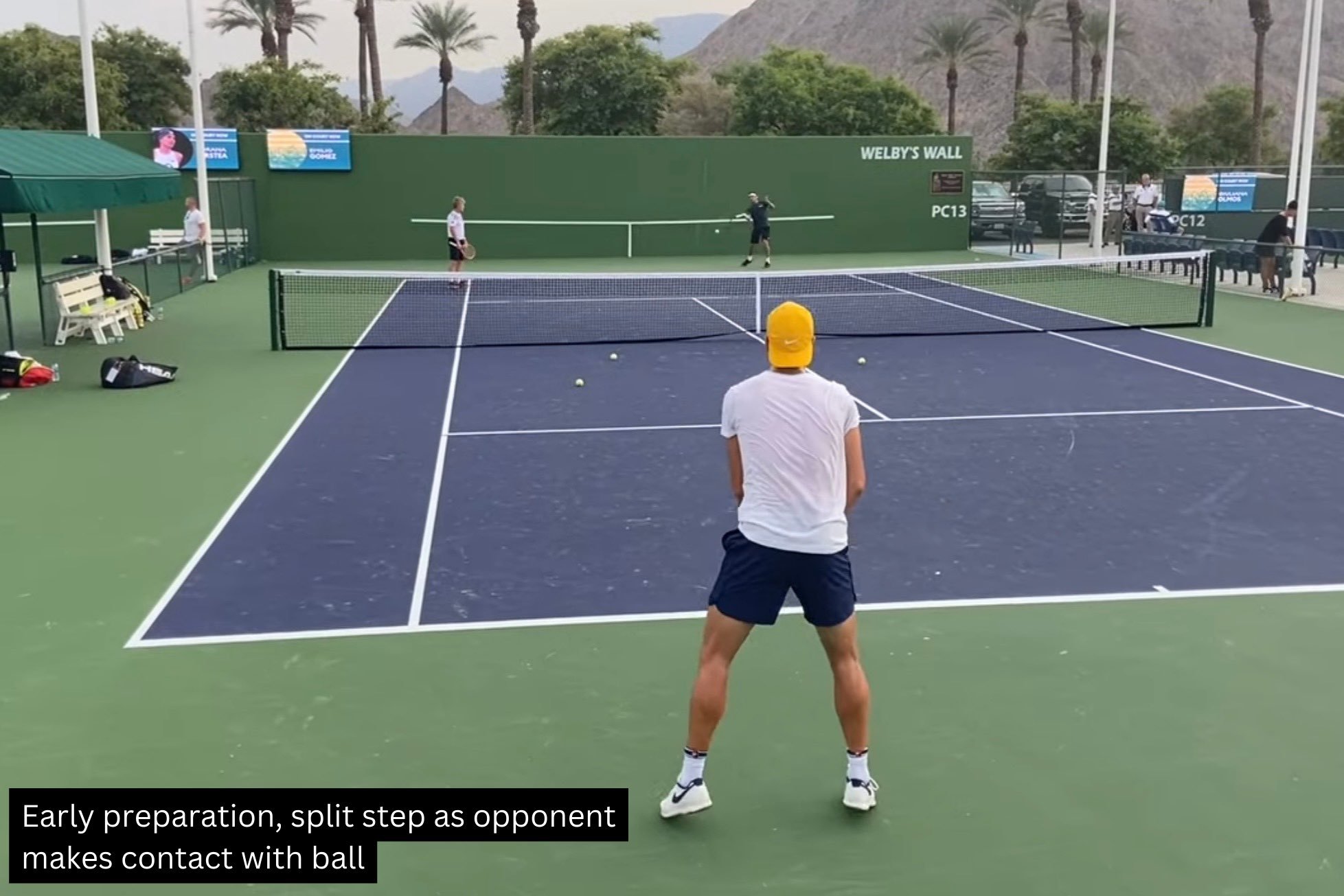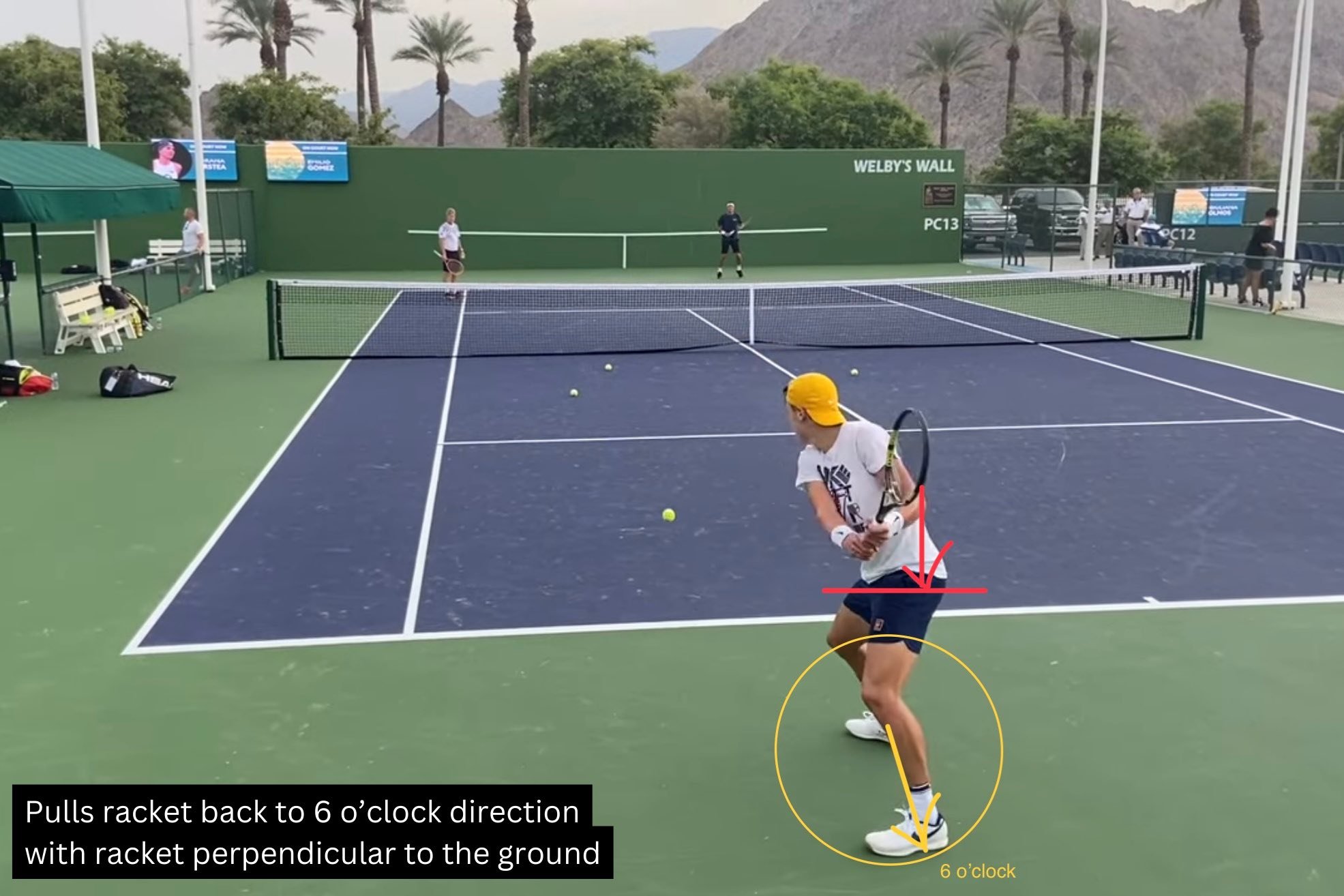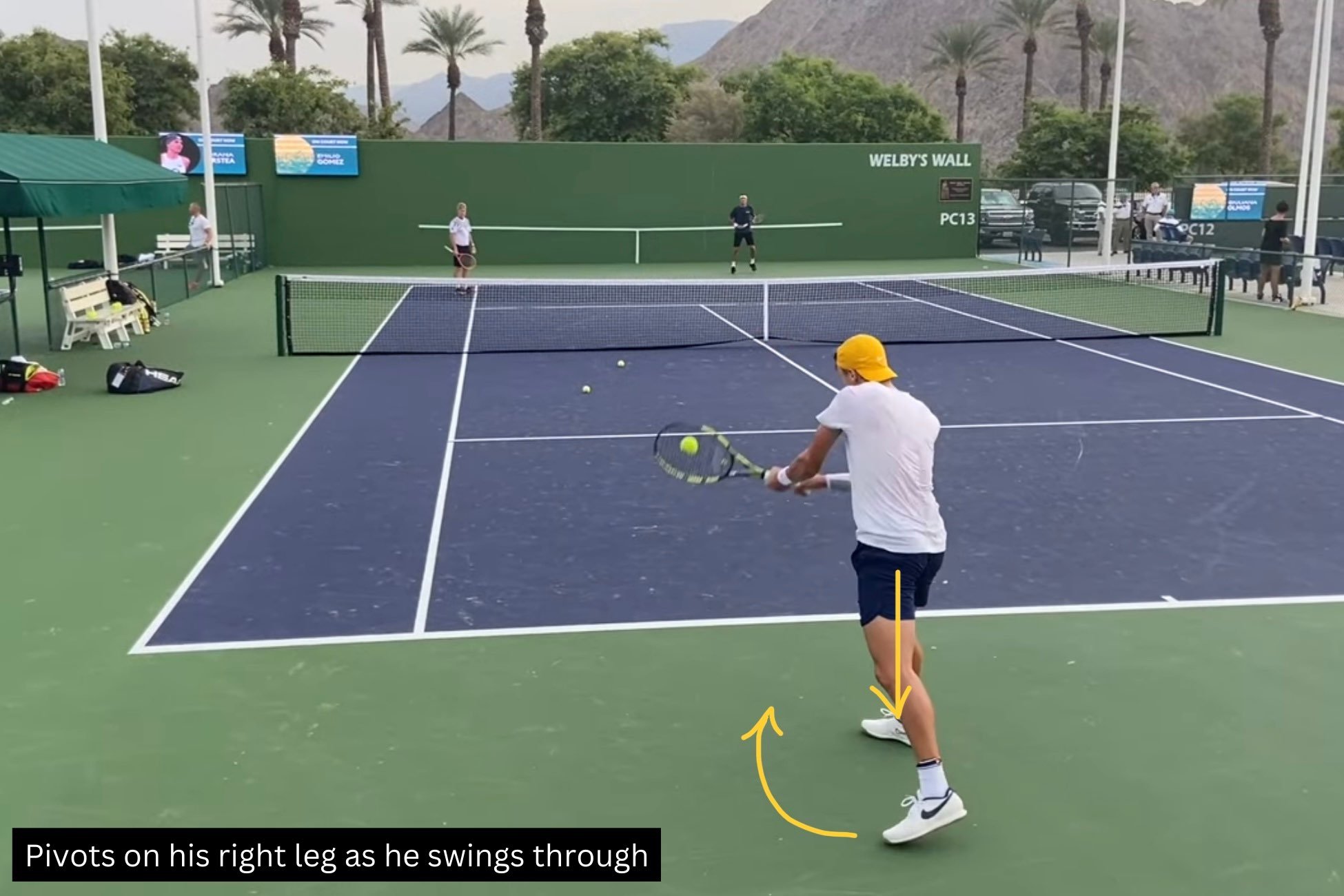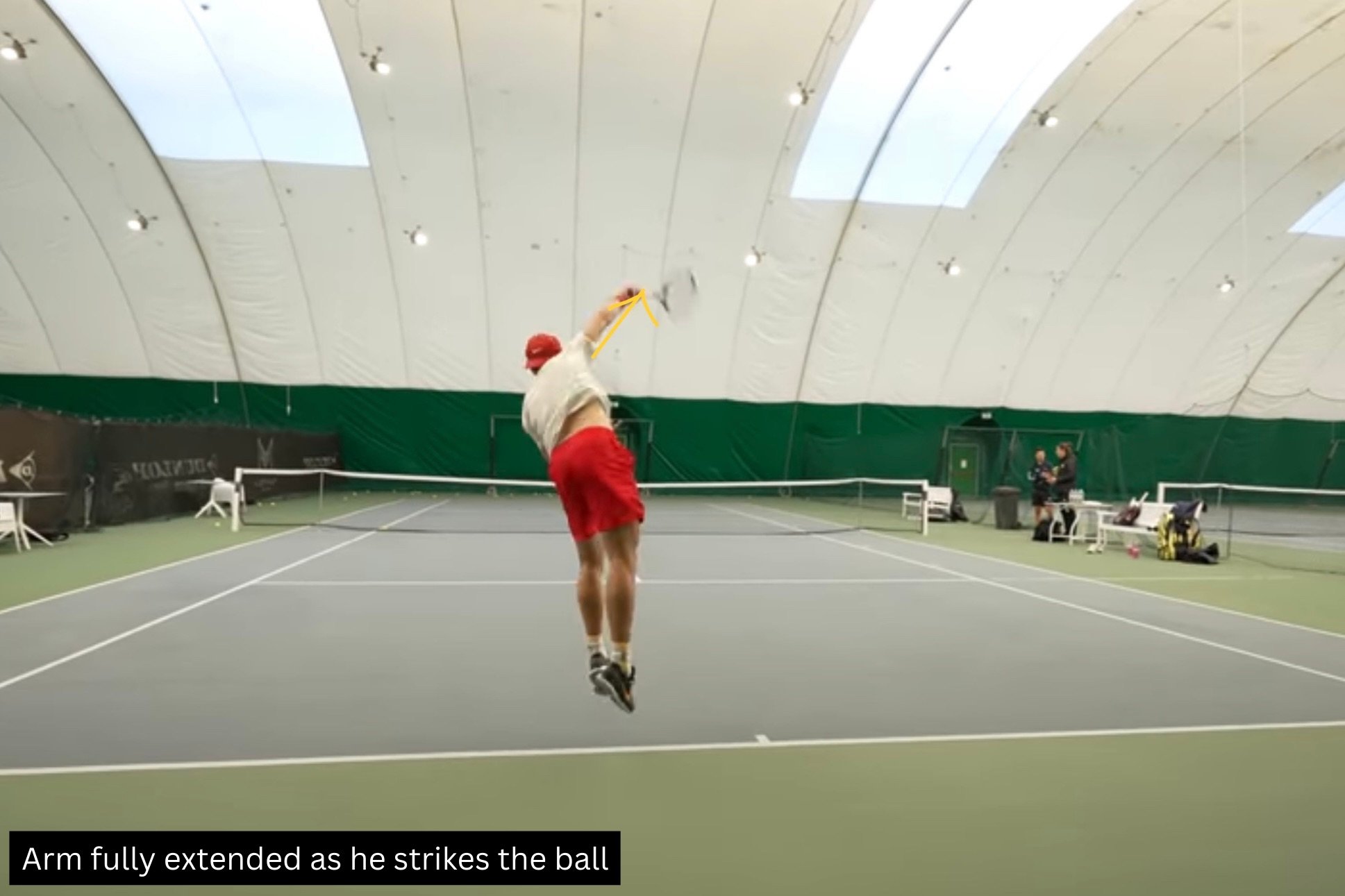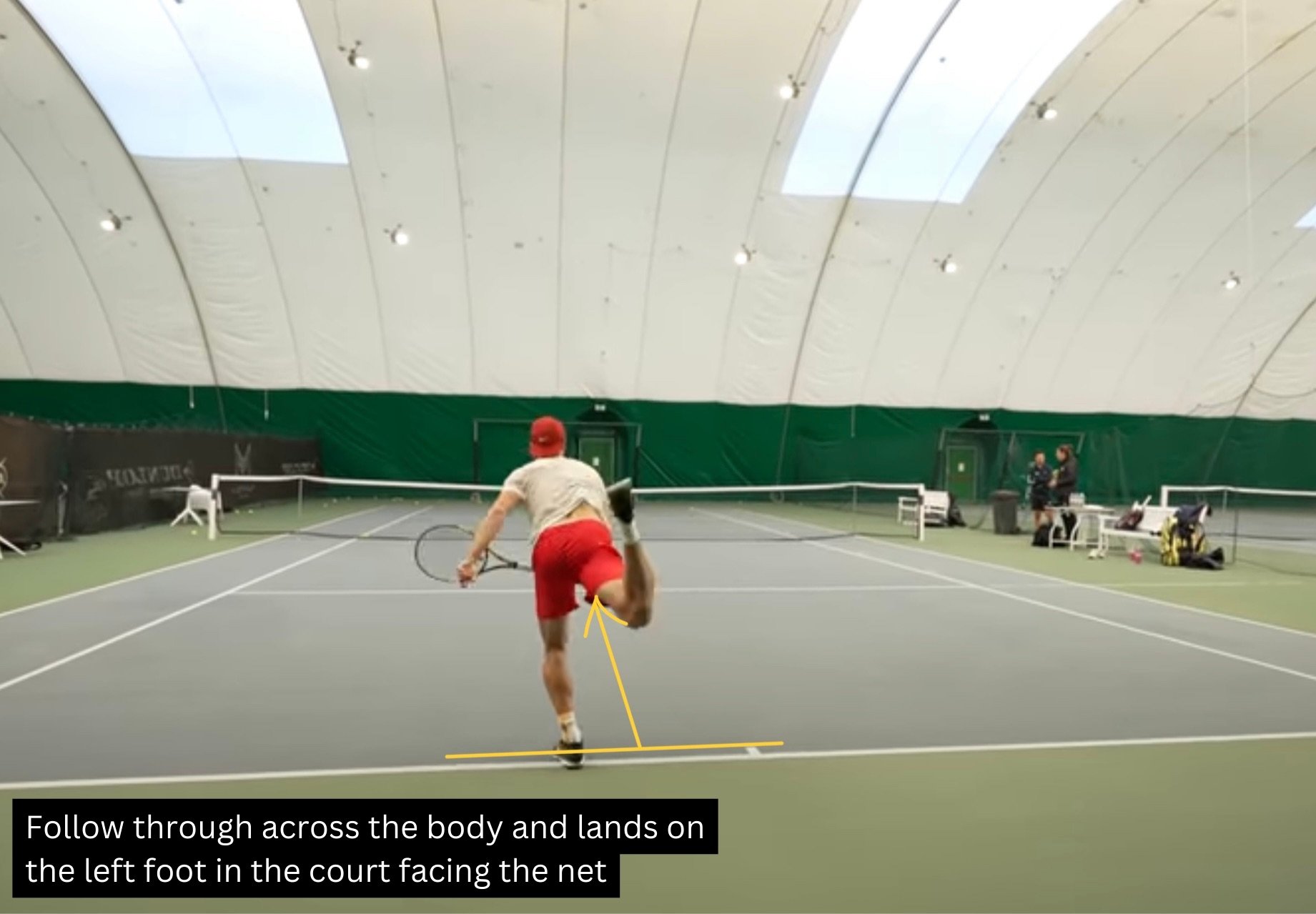Why Holger Rune Is The Future of Men's Tennis: A Detailed Technical Breakdown Of His Game
Holger Rune is a Danish tennis player born on 23 April 2003. He is currently ranked number 10 on the ATP Pepperstone Rankings. He turned pro in 2020 and currently has 3 titles under his belt all claimed in 2022: Munich, Stockholm and the ATP Masters 1000 in Paris.
Is Holger Rune poised to be one of the top 3 players in the world?
Holger is one ambitious guy looking to become the best and has the potential to climb the rankings this decade. He is one of the new-gen players to be looking out for! Here, I will give you a breakdown of Holger’s game.
Racket
Holger Rune uses the stock form of the Babolat Pure Aero 98, similar to Carlos Alcaraz's. From what we have seen so far it seems like he has little to no modifications made to the racket. So anyone interested in trying out the racket can grab it at retail stores.
Specifications:
Head Size: 98 sq. in.
Strung weight: 315g
Length: 27”
Swingweight: 324
String pattern: 16×20
Balance: 315mm (6 pts HL)
Dampener: Yes
The Pure Aero is a racket that boasts control, versatility and great spin potential. Holger has his racket strung with the infamous RPM Blast (at 56 pounds), which provides him with the spin and accuracy he needs for his shots.
The 16x20 string pattern gives him the control and accuracy he needs for precise shot-making without losing out on power. This particular string pattern falls in between the 16x19 and the 18x20, and is probably the most well-balanced string pattern of the three types.
Forehand
Holger has very consistent strokes on both wings but it appears that he is stronger on his backhand by a small margin. He hits his forehand fast with a lot of spin like Nadal; his shots often kick up high and make it trickier for his opponents to return.
Holger uses the semi-western grip for his forehand like many others. His forehand motion is close to what Roger Federer uses, which is the modern ATP style forehand but his motion is a little more rigid as compared to the Swiss maestro.
Here is a breakdown of his forehand:
Holger waits for the next shot while holding his forehand grip with his left hand loosely holding the throat of the racket.
He does his split step and immediately starts his unit turn moving his racket back as soon as his opponent makes contact with the ball.
As he turns, his left hand lets go of the racket and he keeps his left arm straight to help him track the ball.
He keeps his right arm relaxed, a little bent, with his racket almost 90° upright pointing towards the sky.
During his unit turn, he will start to pull his racket back facing the ground and start the racket lag phase to maximise the acceleration on his swing.
Once his hitting arm is fully stretched, he would arch his wrist for the racket lag and accelerate through his forehand.
As he pushes through his forehand he will flip his wrist and follow through to impart topspin to his shots.
He makes sure to fully uncoil his body as he launches at the ball, to make sure he has got maximum momentum and power through that shot.
His follow-through ends at around shoulder height. Occasionally, he might finish by whipping the racket across his head like Nadal/Alcaraz, especially if he's trying to generate extra topspin.
Overall, he has a simple and short forehand motion, making it easy for him to shorten his forehand motion if necessary. Plus, he starts his preparation incredibly early, giving himself ample time to make small adjustments if needed.
Backhand
Holger Rune has probably one of the best backhands among the new-gen tennis players. It is consistent, fast-paced and accurate. His backhand is probably his strongest weapon on the court.
He uses the eastern grip on his top hand and the continental grip on his bottom hand when hitting his backhand.
Here is a breakdown of his backhand:
As soon as he sees his opponent making contact with the ball, he does the split step and switches his grip.
He tracks, turns and moves towards the ball as he gets ready to drop and pull the racket back.
He steps in with his right leg, drops and pulls his racket back to about 6 o'clock direction with his racket perpendicular to the ground.
At the backswing, he will have his right arm fully extended and his left arm slightly bent.
As he starts his swing, he will pivot on this front leg to generate power from the ground up and use his straight arm to guide the racket forward.
He then accelerates the racket forward with his bent arm to create the racket flip motion. Generally, he arches his wrist more as he hits cross-court. His cross-court backhand therefore tends to have more spin while his down-the-line backhand is flatter and travels with more pace.
He finishes off his backhand with a follow-through to his right shoulder and has his body fully uncoiled facing the net.
He keeps his eye on the ball till the end as he recovers from his shot.
His backhand is almost mechanical for his upper body and his swing. The stance varies depending on the kind of ball that he is receiving, but he adopts a closed or semi-closed stance most often to fully utilise the muscles on his hips as he uncoils during the shot.
Serve
Holger has a pretty impressive serve record, winning 72% of his first serve points and 82% of service games won. He has a 188 cm (6’2”) frame to provide him with the power and strength to hit big serves.
As he teamed up with Patrick Mouratoglou, he fixed a few technical aspects of his service motion which included the drop of his left arm, ball toss and follow through.
He used to drop his left arm way earlier than he should, now he drops his left as he starts to accelerate in the direction of the serve he is hitting.
His ball toss used to land too close to the baseline causing the contact point to be too far back and now he tosses the ball slightly more forward.
The follow through after the serve used to be short and now he has a longer follow through that allows him to make full use of the body rotation and maximise the acceleration at contact.
Here is a breakdown of his service motion:
Starting at the baseline, he will position his left foot about 45° towards the baseline with his right foot almost parallel to it.
He then tosses the ball up with his tossing arm fully extended.
His tossing arm will continue moving upwards as he lifts his right arm and gets into the trophy position. He also starts to coil both his hips and shoulders, relaxing his legs and starts to push down on the ground like a spring.
When his legs are fully loaded up, he will start to uncoil his hips to launch at the ball. He pushes off the ground with his feet while his knees extend and propels him towards the ball in the air.
His arm will start to extend while pronating his wrist as his racket approaches the ball. His arm will be fully extended as the racket makes contact with the ball.
He follows through the serve across his body and lands in the court with his left leg while facing the net.
Rune hits a good number of aces each game, and he tends to serve more often to the wings than towards his opponent's body and down the 'T'.
Overall Play Style
Holger Rune boasts a highly physical and intense game with a lot of court coverage given his physicality and young age. He is a good all-rounder with consistent groundstrokes, dependable serves and possesses a sensible touch on the court.
He has an almost textbook modern-style groundstrokes, and he tends to play aggressively. He is quite diverse on the court in terms of the different shots he tries to make while playing.
We can see signs of his idols Roger Federer and Rafael Nadal in his game. There is the touch of drop shots and the craftiness of Federer at the net; plus, there is the topspin heavy forehands and aggressive baseline hitting of Nadal.
He moves and covers the court incredibly well, plays ruthlessly and is consistently blasting fast-paced backhands and topspin heavy forehands to the other end of the court while sometimes throwing his opponents off with his touch at the net.
Holger Rune is a player with an all-court game and the ability to strike from both wings. Already a top-10 player at just 19 years of age, I believe that his game and mental fortitude will be further developed as he spends more time on the tour.
He is also often compared to fellow 20-year-old Spaniard Carlos Alcaraz. With the grit and hard work both of them put into their games, it seems like they will be rivals for years to come. Time will tell who is the better player, but one thing is certain - they are both here to stay and their games will excite fans.
2023
Holger Rune has been struggling to win matches after Wimbledon due to a back injury. He has lost 9 out the 10 matches played since; his most recent loss coming from the Stockholm Open where he lost to world no. 58 Miomir Kecmanovic.
In bids to end the nightmare season on a good note, Rune has now teamed up with former world No. 1 and six time Grand Slam champion Boris Becker till the end of the season with 2 tournaments left before the Nitto ATP Finals. The ultimate goal of this partnership is for the Dane to qualify for the Nitto ATP Finals for the first time in his career.
Boris Becker is not only a highly accomplished athlete but also a well-recognised coach. He coached Novak Djokovic from late 2013 to late 2016, helping him win 6 of the 24 slams including his first French Open win.
Becker and Rune met back when he was still coaching Djokovic and kept in contact ever since. When Rune approached him for help, there was no hesitation and he believes that he could help improve Rune’s mentality on court and is a “rough diamond that needs polishing”.
The two will showcase their new partnership at the Swiss Indoor Basel Open this coming week and will continue till the end of the season in hopes of qualifying for Nitto ATP Finals in Turin. However, this is a temporary arrangement and nothing has been set for 2024.

